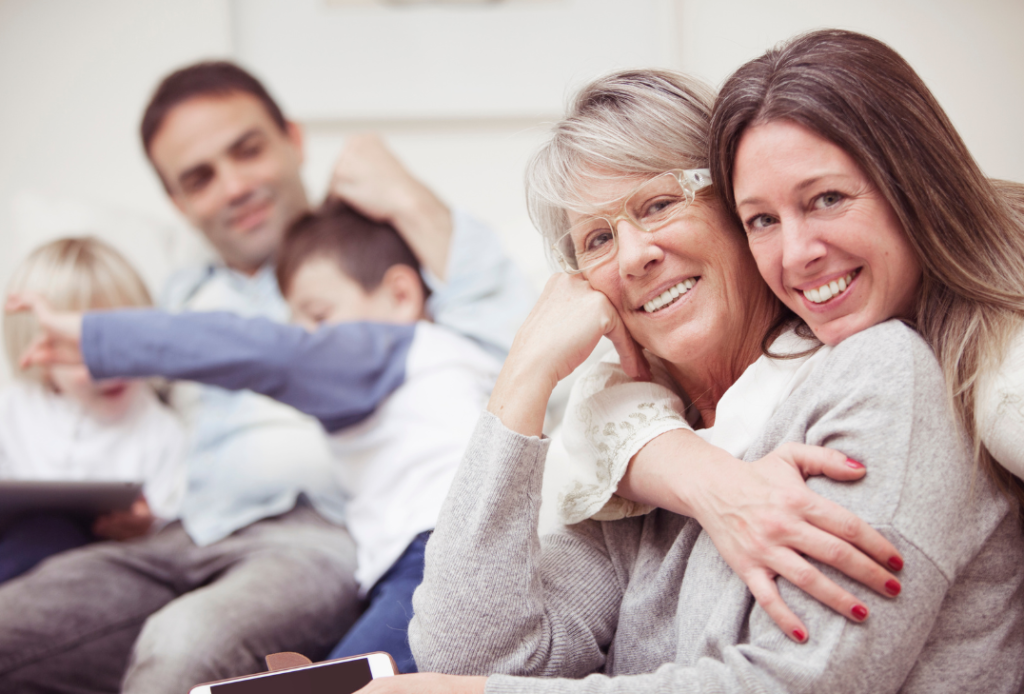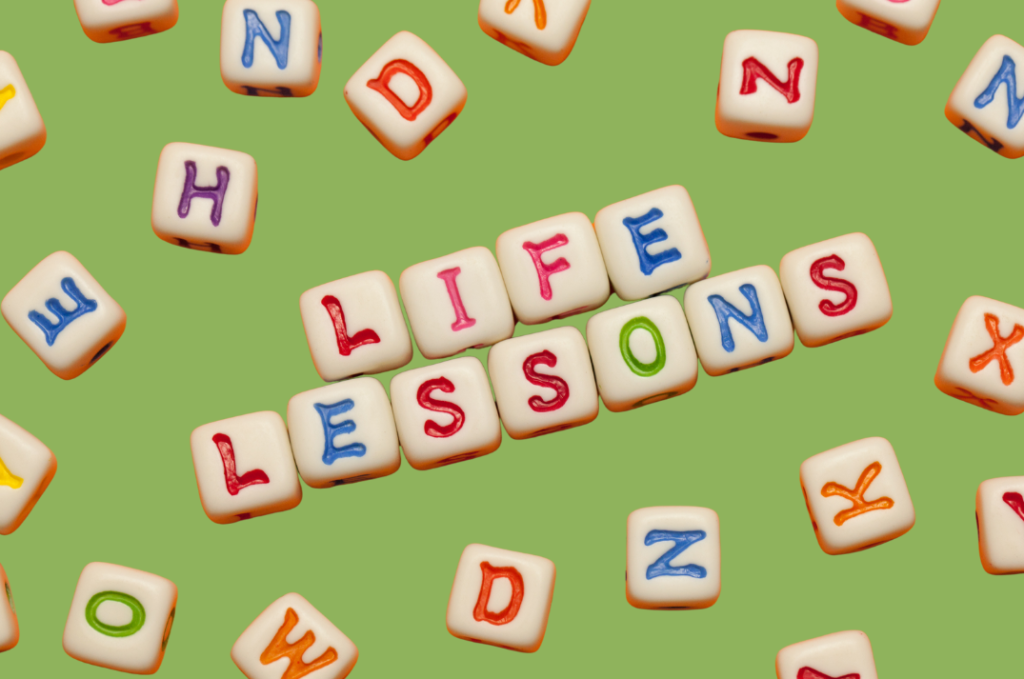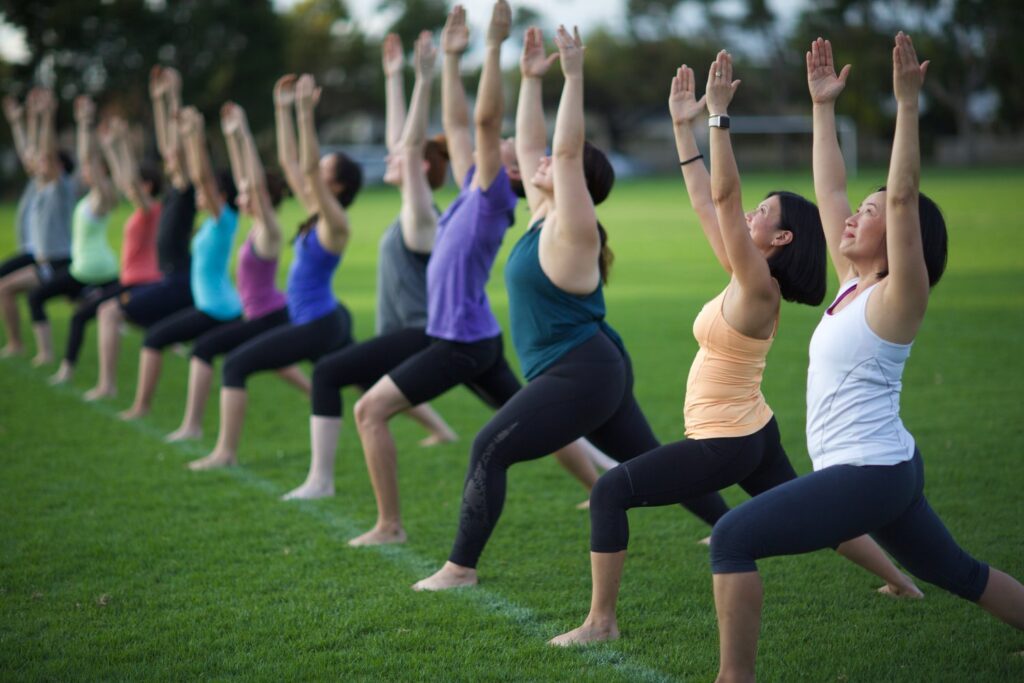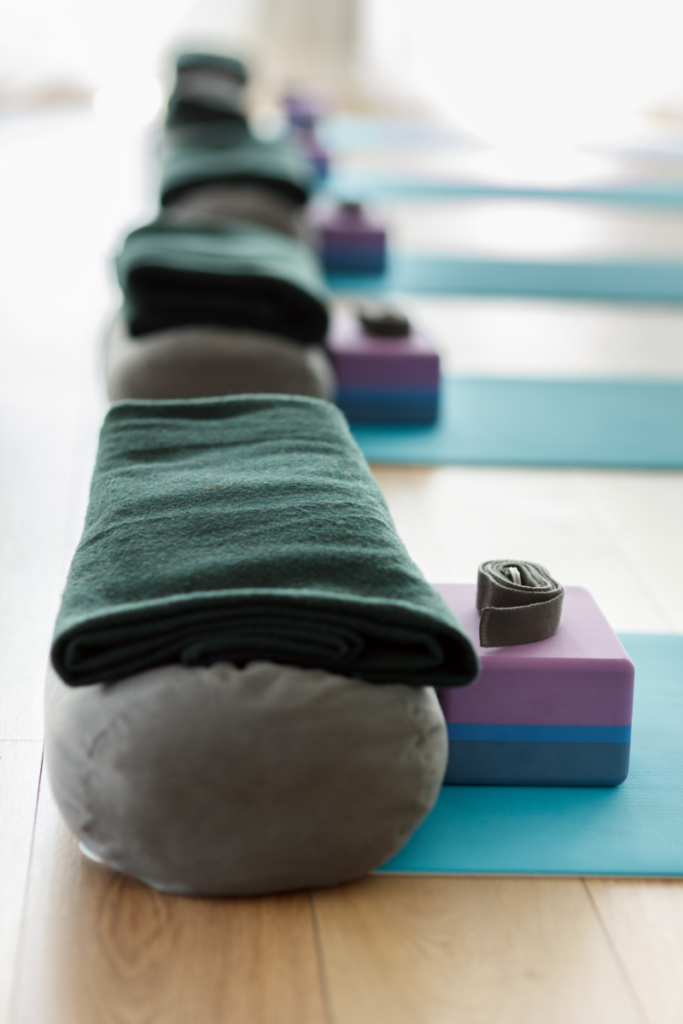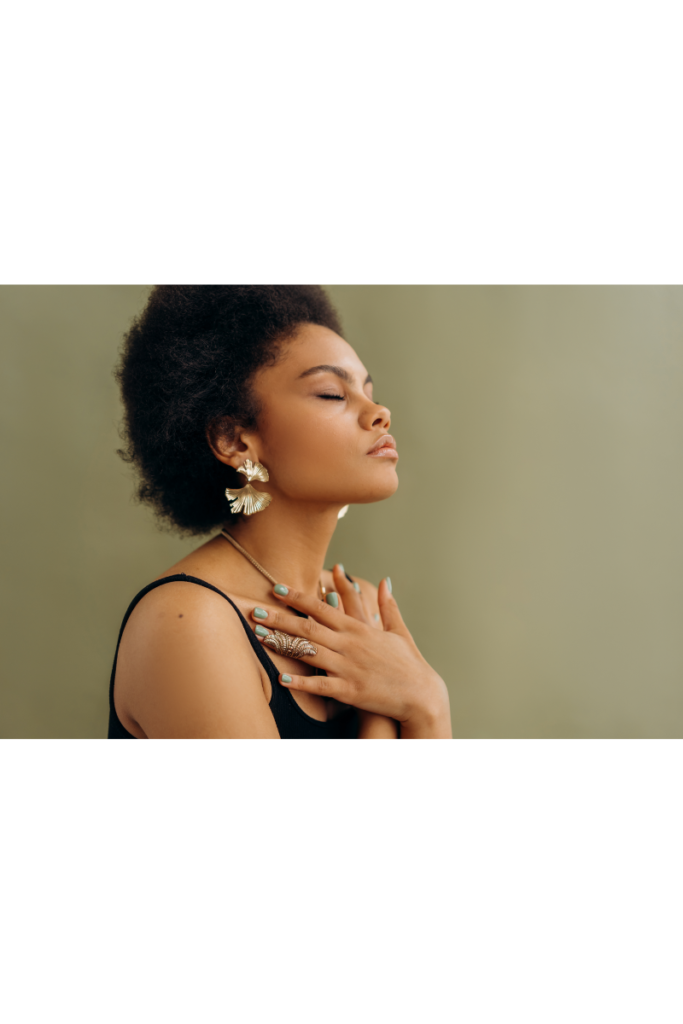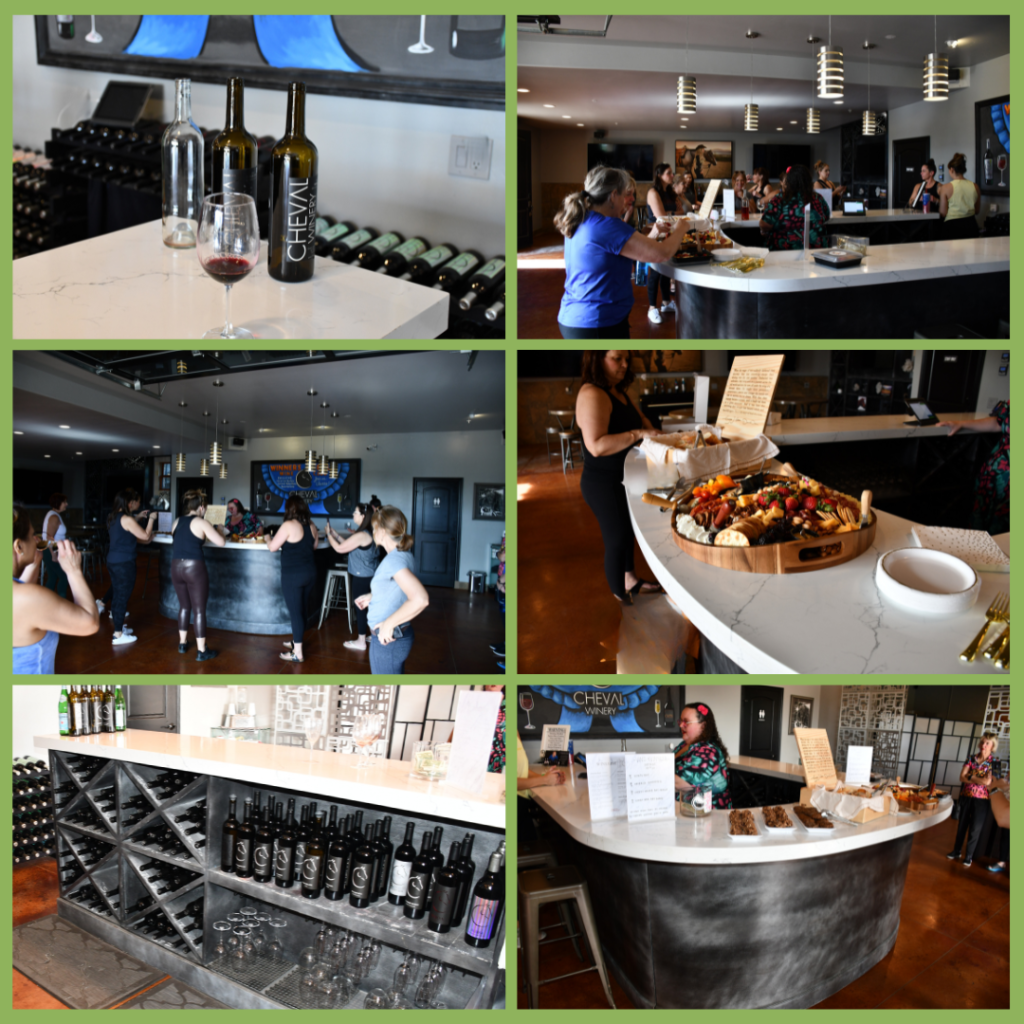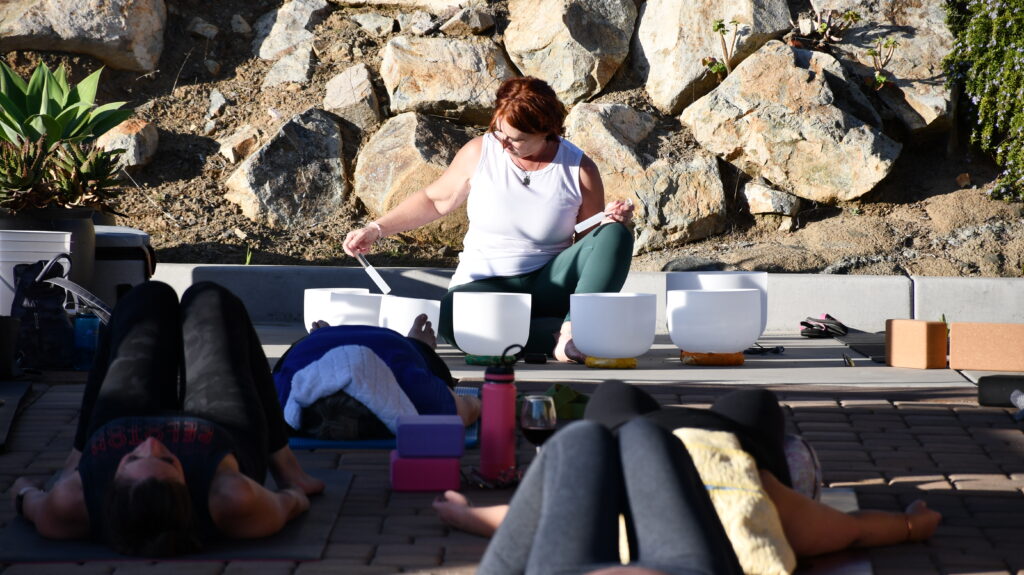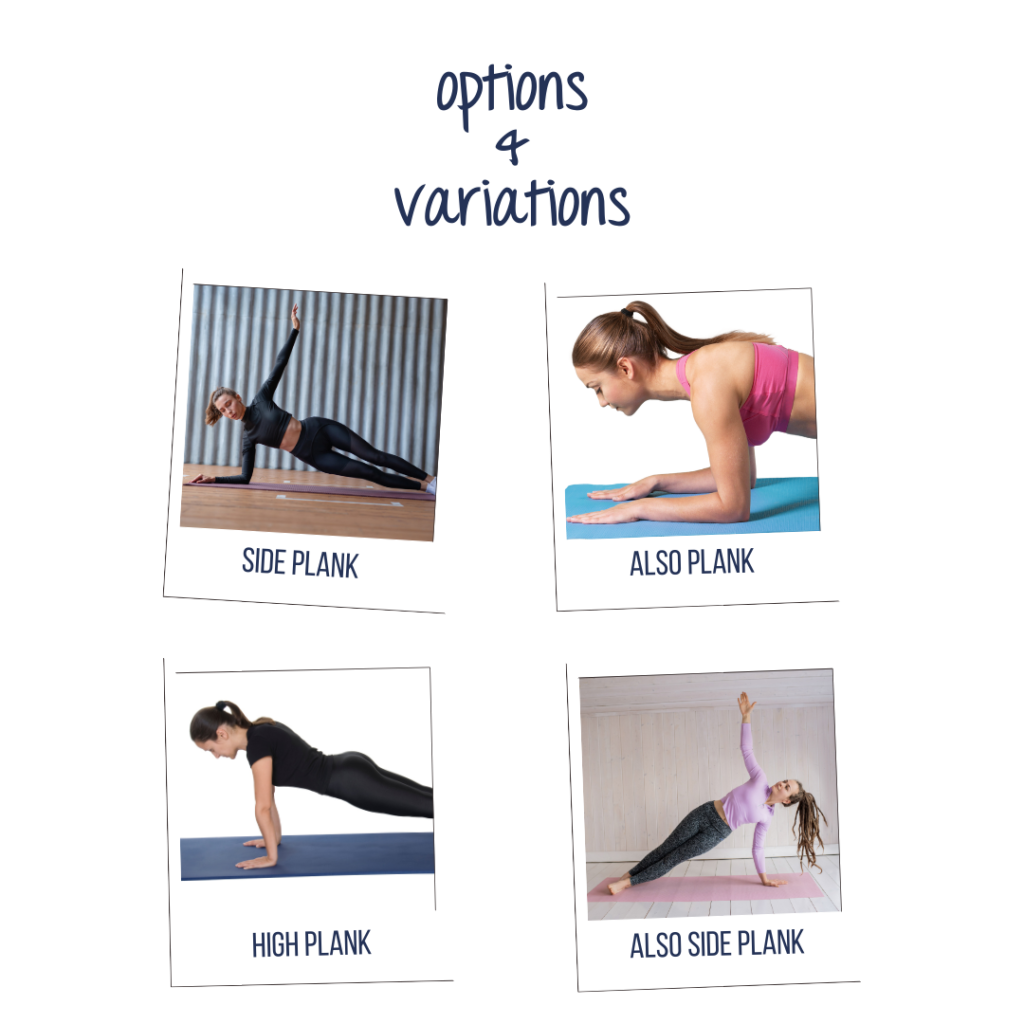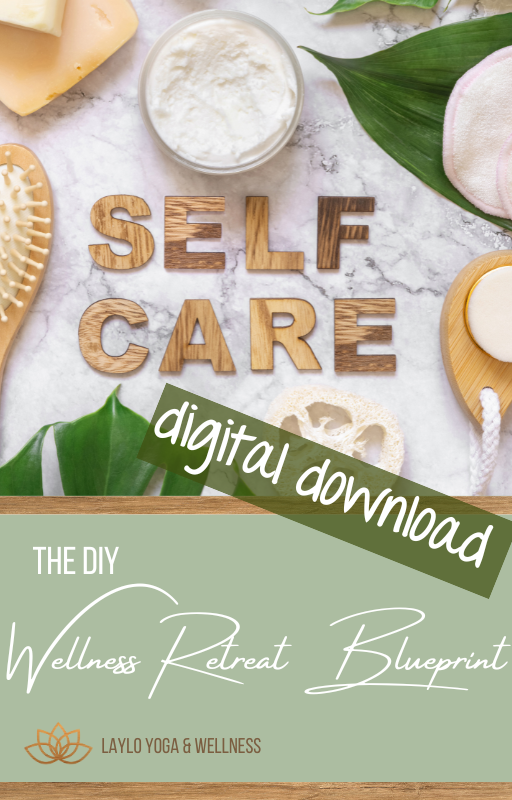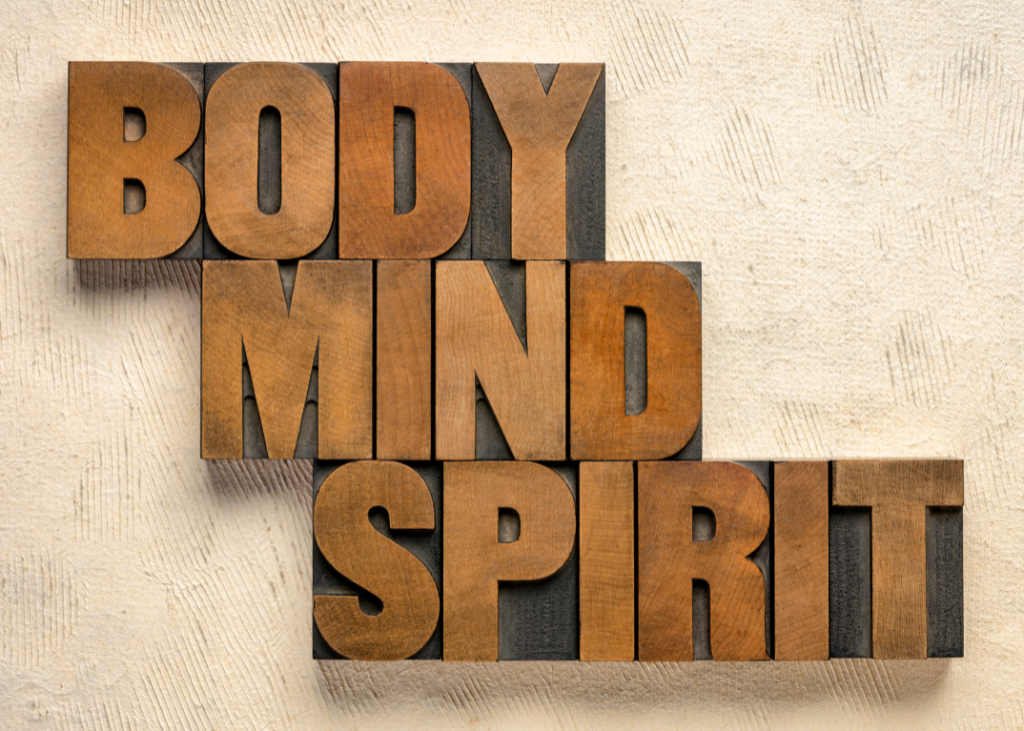
Pillar: something that can represent a principle or quality that is considered a key element in achieving stability and success.
True wellness comes from a harmonious blend of physical, mental, and spiritual practices.
Among the various tools we use to nurture our wellness, yoga definitely fills the bill!
It’s not just a form of exercise; it’s a holistic discipline that offers profound benefits, making it an integral part of our philosophy, from our articles, our YouTube practice, and of course, our retreats.
The Multifaceted Benefits of Yoga
Yoga provides a comprehensive approach to wellness. It offers numerous physical, mental, and spiritual benefits that align perfectly with the needs and aspirations of our wellness community.
To fully understand how yoga is a true pillar of wellness, it is helpful to understand the 8 limbs of yoga. These 8 different areas cover so much more than the physical movements most often associated with yoga. Refresh your memory on what these 8 limbs are in this quick 5-minute read blog post.
It’s these key areas that help us use yoga in a much bigger way as a support pillar for our wellness.
Physical Benefits: Strength, Flexibility, and Balance
Yoga is well-known for its physical benefits. The various asanas (poses) work to strengthen muscles, improve flexibility, and enhance balance. For GenX women, especially those navigating the busy lives of the “sandwich generation”, these benefits are invaluable. Practicing yoga regularly helps build core strength, which is crucial for maintaining good posture and preventing injuries.
Moreover, yoga promotes cardiovascular health by improving circulation and lowering blood pressure. It also boosts the immune system, helping the body ward off illnesses. These physical benefits contribute to a sense of vitality and energy, which is essential for leading a fulfilling life.
Mental Benefits: Stress Reduction and Emotional Balance
In today’s fast-paced world, stress is a common challenge. Yoga offers powerful tools for managing stress and achieving emotional balance. Through practices like pranayama (breath control) and meditation, yoga helps calm the mind and reduce anxiety. These practices activate the parasympathetic nervous system, promoting relaxation and reducing the harmful effects of chronic stress.
Additionally, yoga enhances mental clarity and focus. The mindful nature of the practice encourages self-awareness and introspection, allowing individuals to understand their thoughts and emotions better.
This self-awareness fosters resilience and a positive outlook, making it easier to navigate life’s challenges with grace and confidence.
Spiritual Benefits: Connection and Inner Peace
Yoga is not just about the body and mind; it’s also a practice for your soul. This is not to be confused with your personal religious beliefs. Rather, it provides a path to self-discovery and a deeper connection with one’s inner self. By incorporating elements of the eight limbs of yoga, we enhance our inner world and bring it into harmony with our physical being.
The eight limbs of yoga include Yama (ethical principles), Niyama (self-discipline), Asana (physical postures), Pranayama (breath control), Pratyahara (withdrawal of the senses), Dharana (concentration), Dhyana (meditation), and Samadhi (enlightenment). These principles offer a holistic framework for living a balanced and meaningful life.

For example, the practice of Yama and Niyama helps individuals cultivate positive qualities like compassion, honesty, and self-discipline. Asana and Pranayama enhance physical and mental well-being, while Pratyahara, Dharana, and Dhyana lead to a deeper sense of inner peace and spiritual growth. Ultimately, the journey through these limbs brings individuals closer to Samadhi, a state of awareness and unity.
That sounds like wellness to me! All aspects of your world, coming together. We like to take these pieces of yoga and integrate them in a way that is comfortable for everyone to explore, yogis and non-yogis alike.
Why Yoga is a Cornerstone of Our Wellness Retreats
Perhaps you are beginning to see why we integrate yoga into our retreats. It offers a comprehensive approach to well-being. We may use some of the asana (postures) to practice this and also bring in other elements as well. Meditation and breathwork, both of which can take several forms, may also be used.
While yoga is a key component, it is not the only tool we use. We believe in a holistic approach that combines various practices and disciplines to support overall wellness.
A Holistic Approach: Complementary Practices
Our retreats include a variety of activities designed to nurture the body, mind, and spirit. Alongside yoga, we offer meditation sessions, mindfulness workshops, and burnout coaching. These activities complement the benefits of yoga and provide a well-rounded experience for our participants.
For instance, meditation and mindfulness practices enhance the mental and spiritual benefits of yoga, helping individuals cultivate a deeper sense of presence and awareness. Nutrition coaching offered by guest teachers supports physical health by guiding participants in making mindful and nourishing food choices. These complementary practices work together to create a comprehensive wellness experience.
Tailored for Your Journey
Everyone’s wellness journey is unique. That’s why our retreats are designed to be inclusive and adaptable, catering to individuals at different stages of their journey. Whether you’re new to yoga or a seasoned practitioner, you will get provide guidance and support, helping you deepen your practice and explore new dimensions of wellness.
Our retreats also offer a supportive and nurturing environment where participants can connect with like-minded individuals. This sense of community is a vital aspect of our retreats, providing a space for sharing, learning, and growing together.
Embracing Wellness with LAYLO Yoga and Wellness
Yoga is a powerful tool for enhancing overall well-being, but it is just one piece of the puzzle. We embrace a holistic approach that integrates yoga with other complementary practices to support physical, mental, and spiritual health. Our retreats offer a unique opportunity to explore these practices in a supportive and nurturing environment.
Whether you’re looking to enhance your physical fitness, manage stress, or deepen your spiritual practice, our retreats provide the tools and guidance you need. We invite you to join us on this journey of self-discovery and transformation, as we explore the many dimensions of wellness together.
Yoga, with its rich tradition and comprehensive benefits, is a cornerstone of wellness at LAYLO Yoga and Wellness. By integrating the eight limbs of yoga into our retreats, we provide a holistic approach that nurtures the body, mind, and spirit. Alongside other complementary practices, yoga offers a path to balance, inner peace, and a deeper connection with oneself.
We invite you to experience the transformative power of yoga and explore the many facets of wellness with us. Whether you’re seeking physical health, mental clarity, or spiritual growth, LAYLO Yoga and Wellness offers a welcoming space for your journey. Join us and discover the joy of living a balanced and harmonious life.
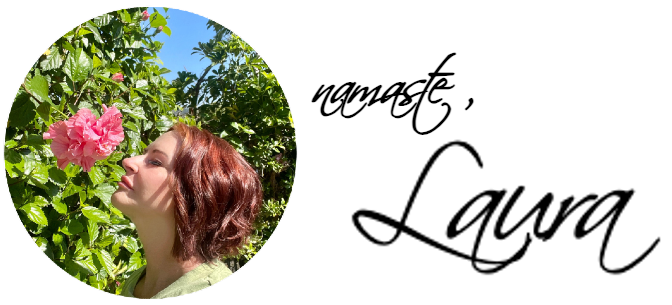
Isn’t it time to leave burnout behind and lead a life that makes YOU a priority? Consider rebooting your mind and body with one of our wellness retreats! Designed specifically to immerse you in an environment that takes you out of your daily grind, you will be able to focus on crafting your life in a way that honors your family and career while carving out time to pursue interests that excite you so you can feel balanced, fulfilled, and calm. Get on the info list so you know what is happening, when, and where!
P.S. Let’s get to know each other better!! Follow us on Instagram, Facebook, YouTube, LinkedIn, and Pinterest, and join the LAYLO Shala to get the latest news and insider goodies 😍







